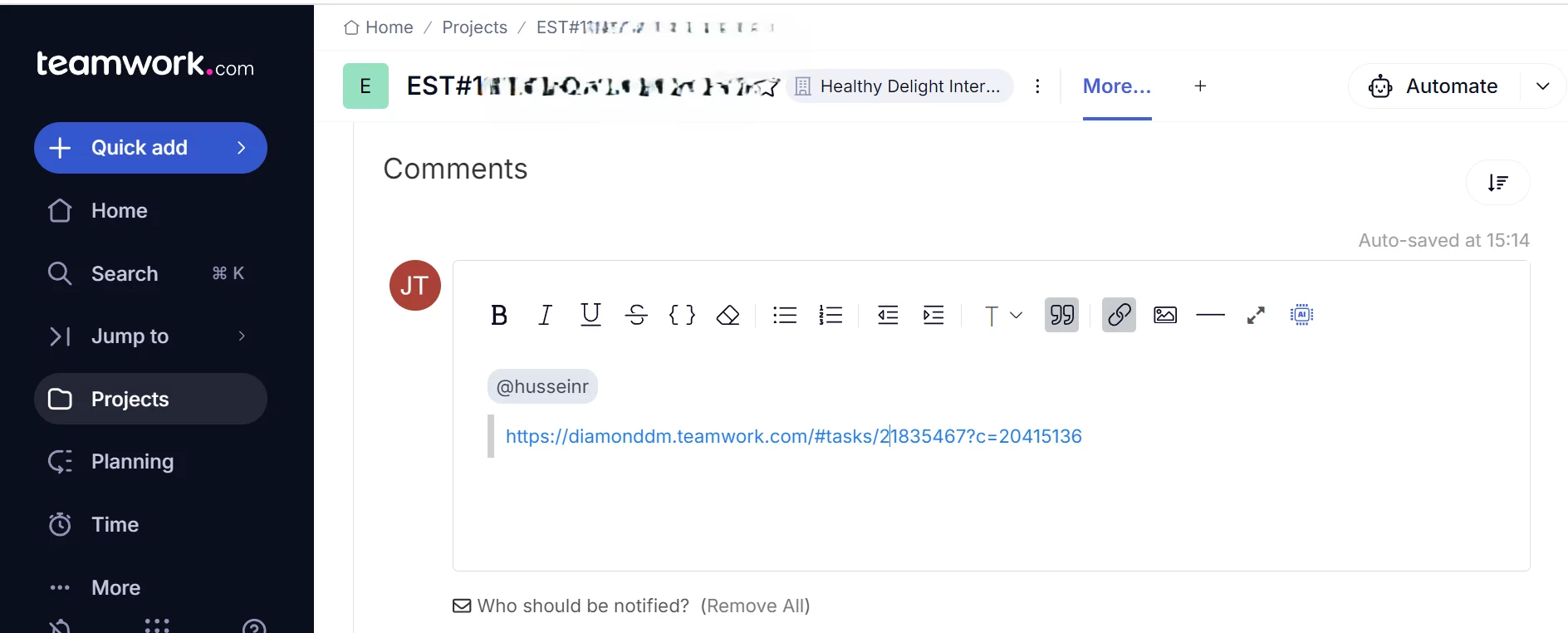Tag: Knowledge Management
-

How to Comment in Teamwork.com
Definition Comment in Teamwork.com can be used to response any Task , SubTask or Milestone by either assignee (i.e. collaborator) or the assignor (i.e. Project Manager) of the Task. How Comment in Teamwork.com looks like What Problem Patterns the Comment solved Accessability Not only can you use the Teamwork.com interface to place the comment, but…
-
Relationship between Human Learning and Data Structure
Abstract Human learning is a complex and on-going process which describes the interaction between the human being and the environement surrounded them, and how they interpret the data and formulate the model to project the world. While it’s worth a whole book to explain it, in this article we only extract the part which related…
